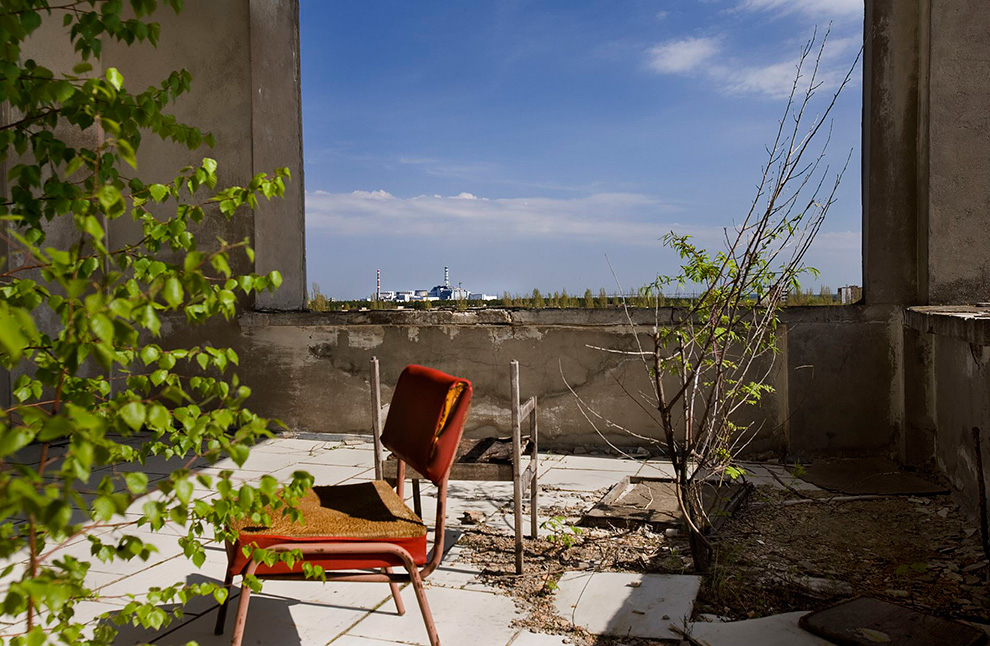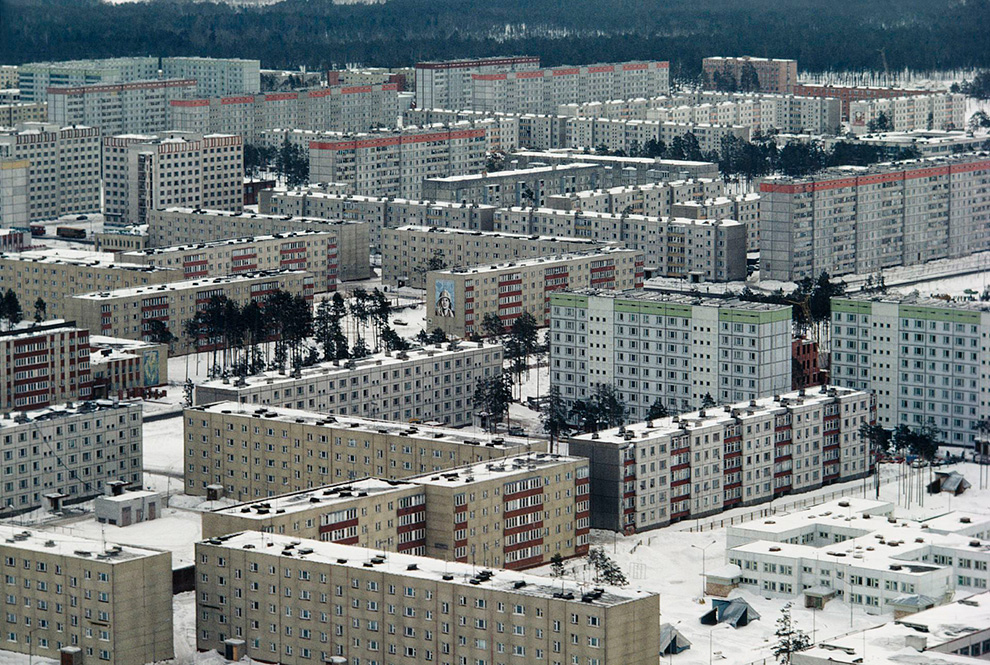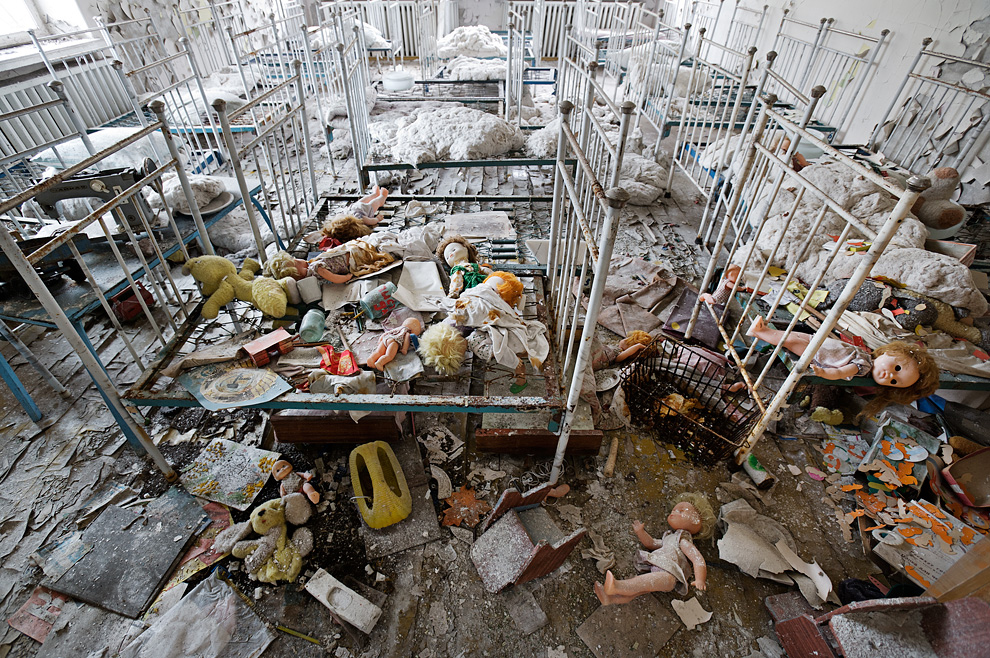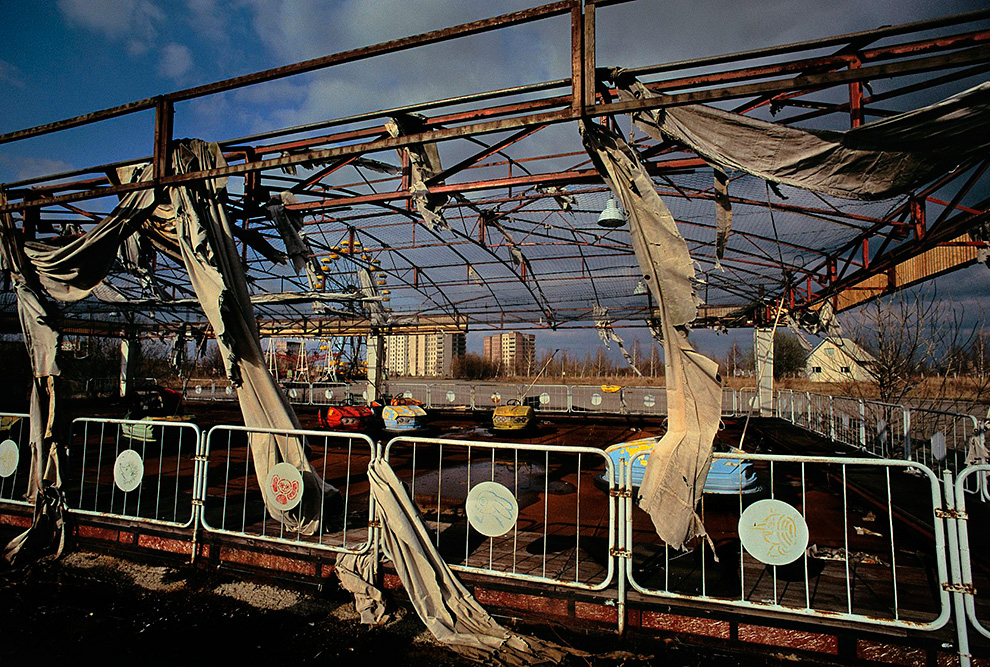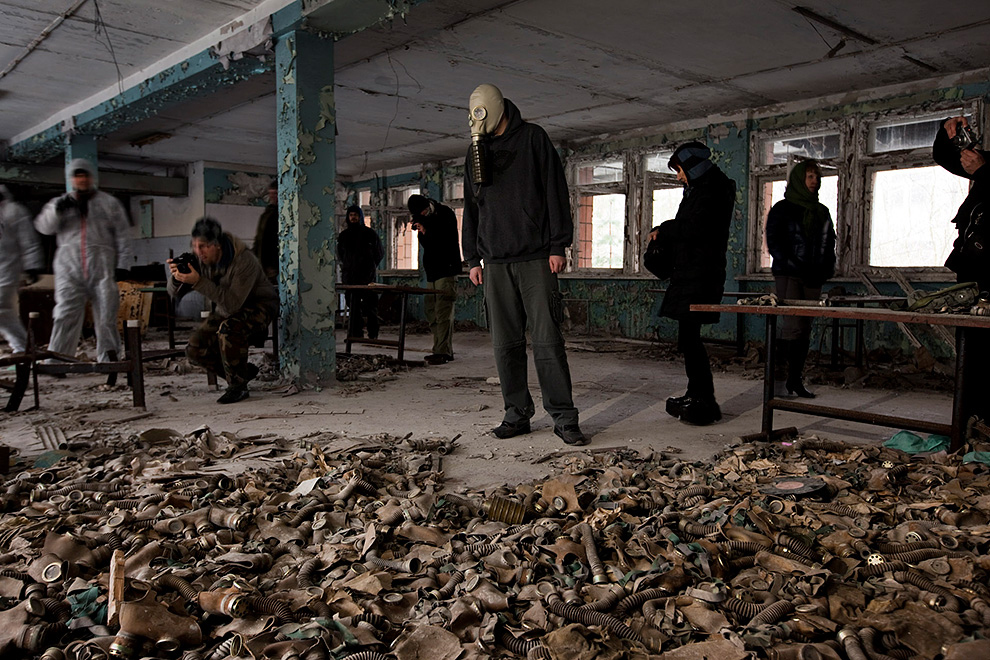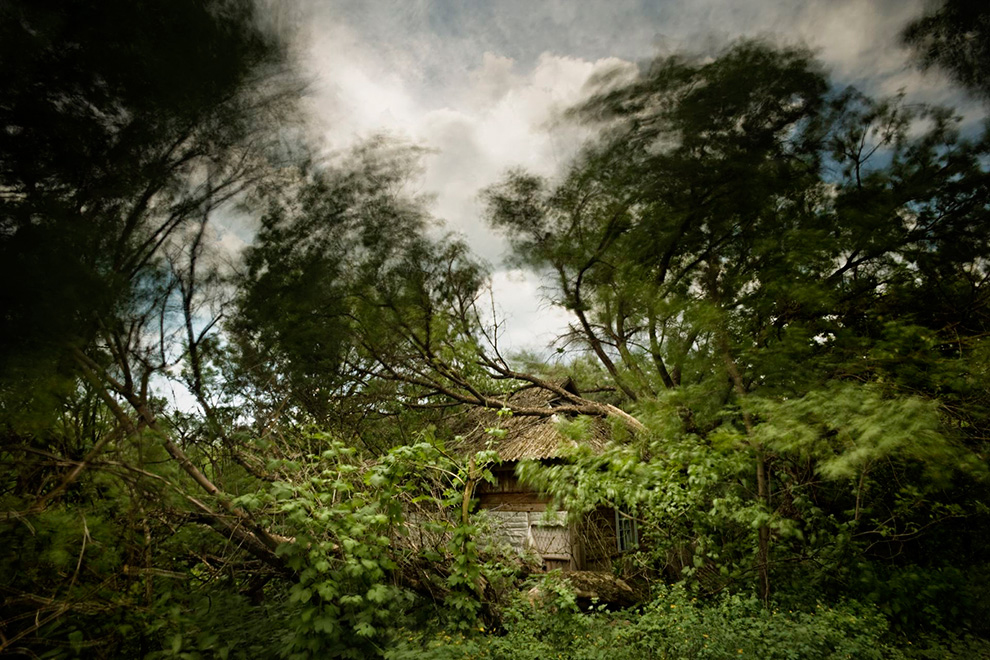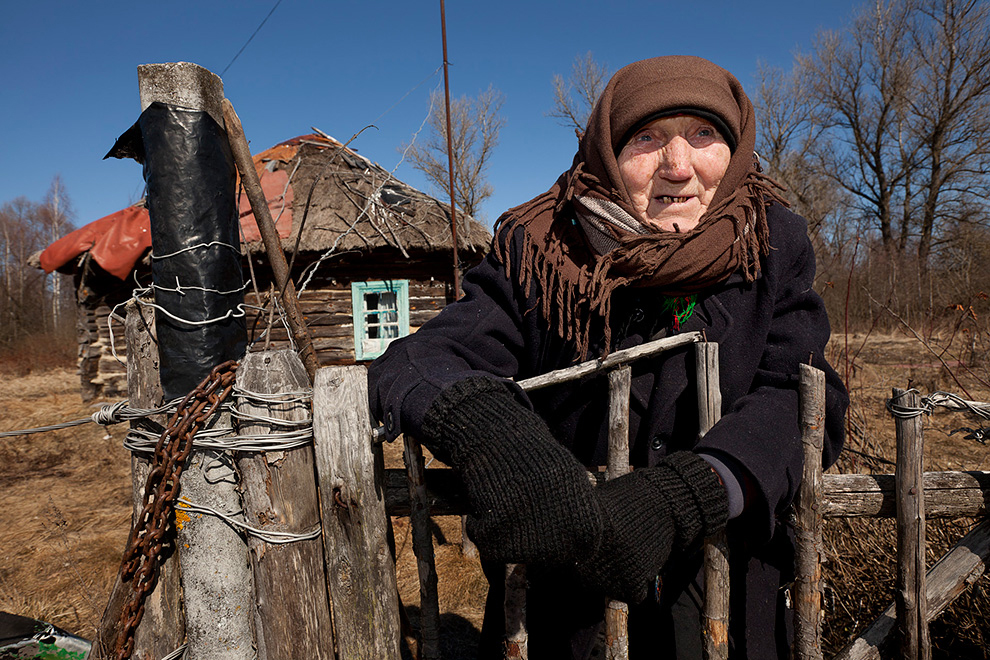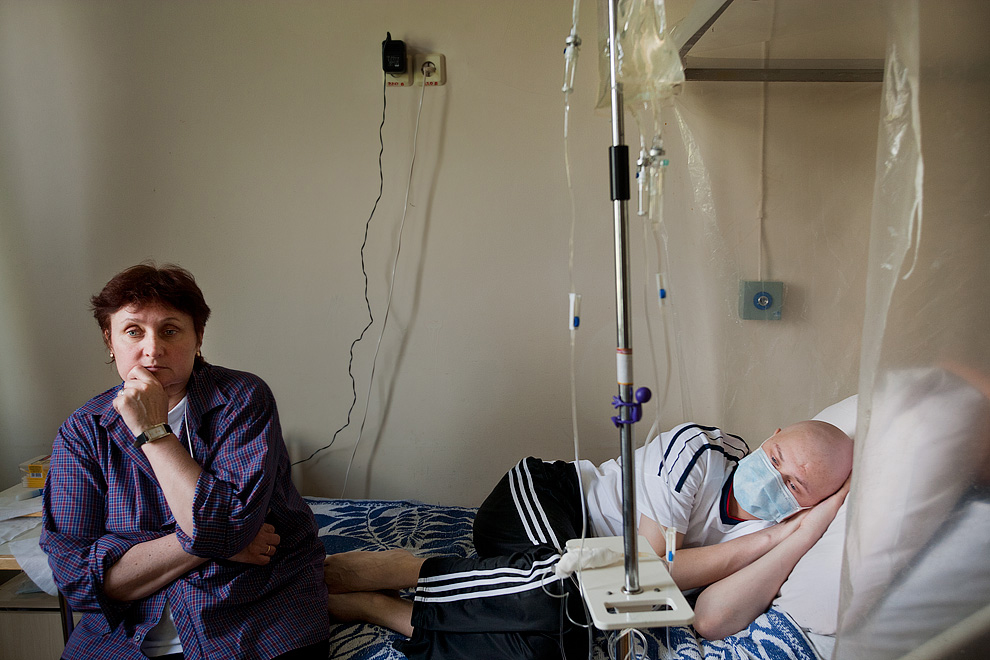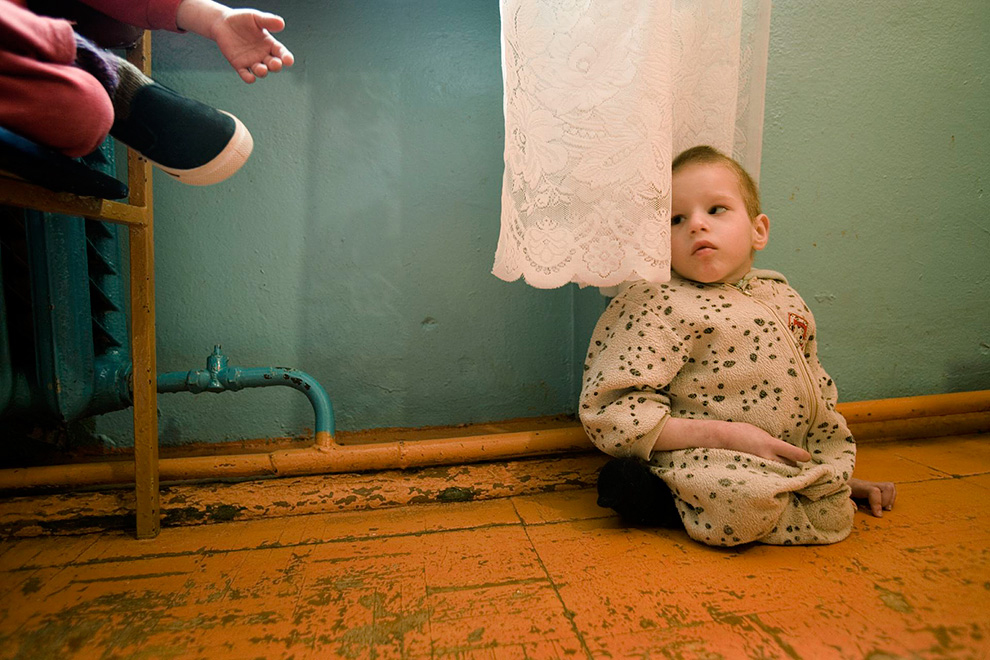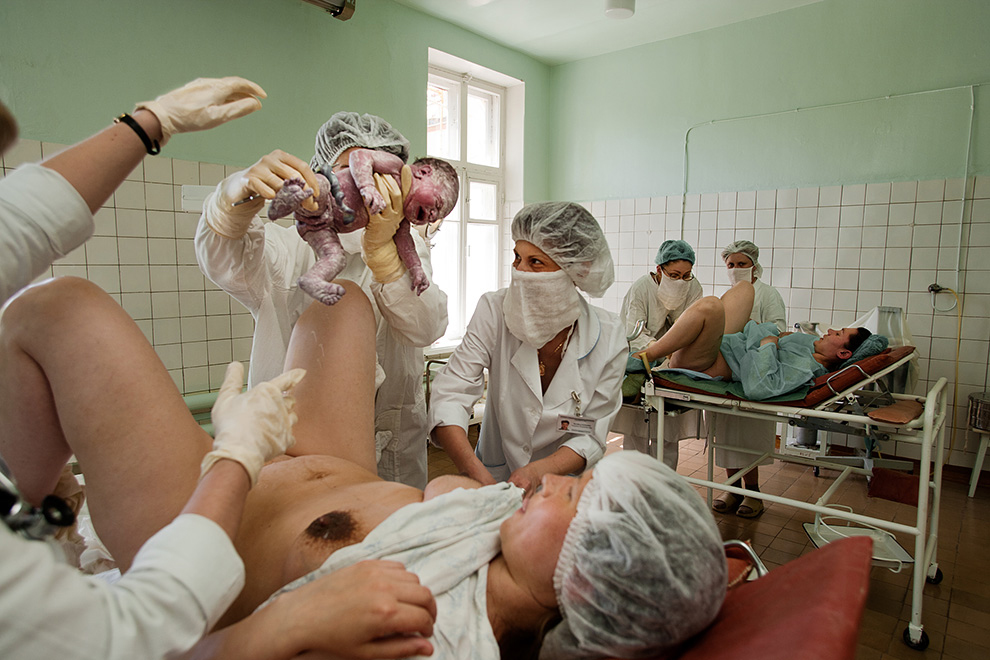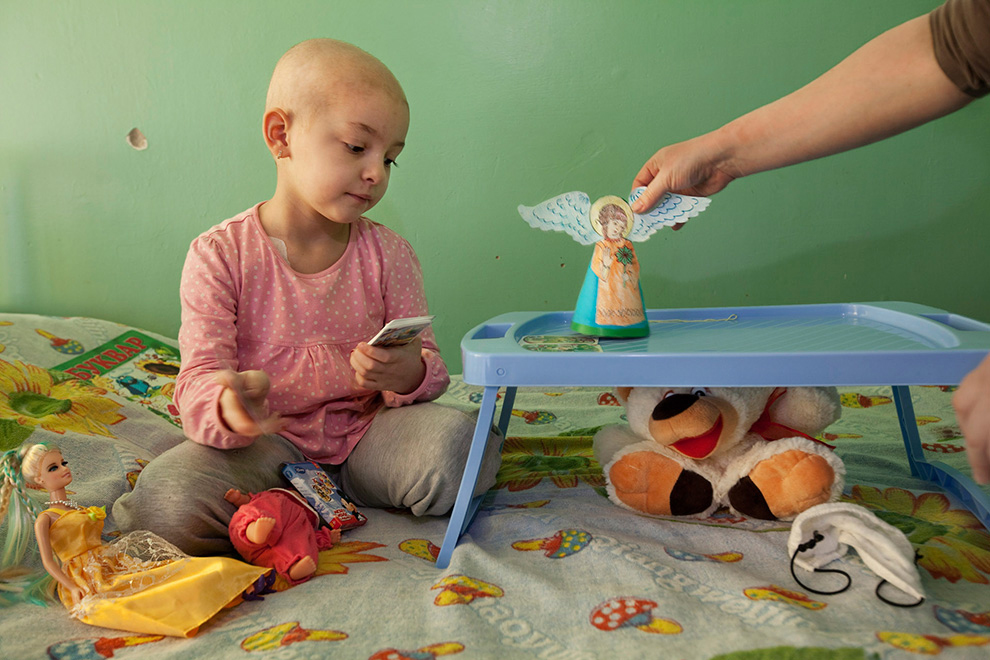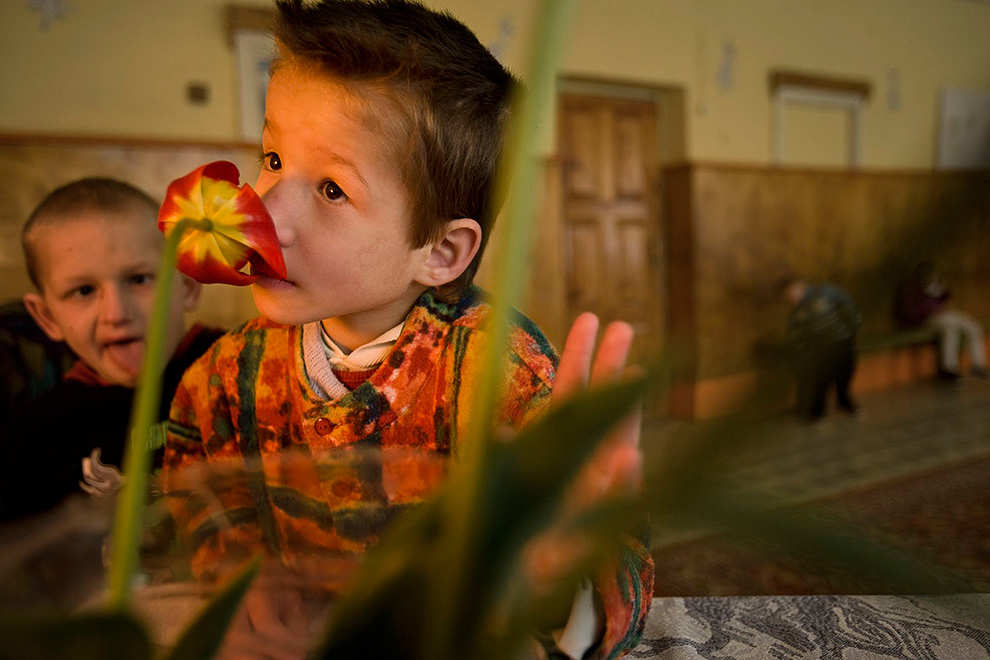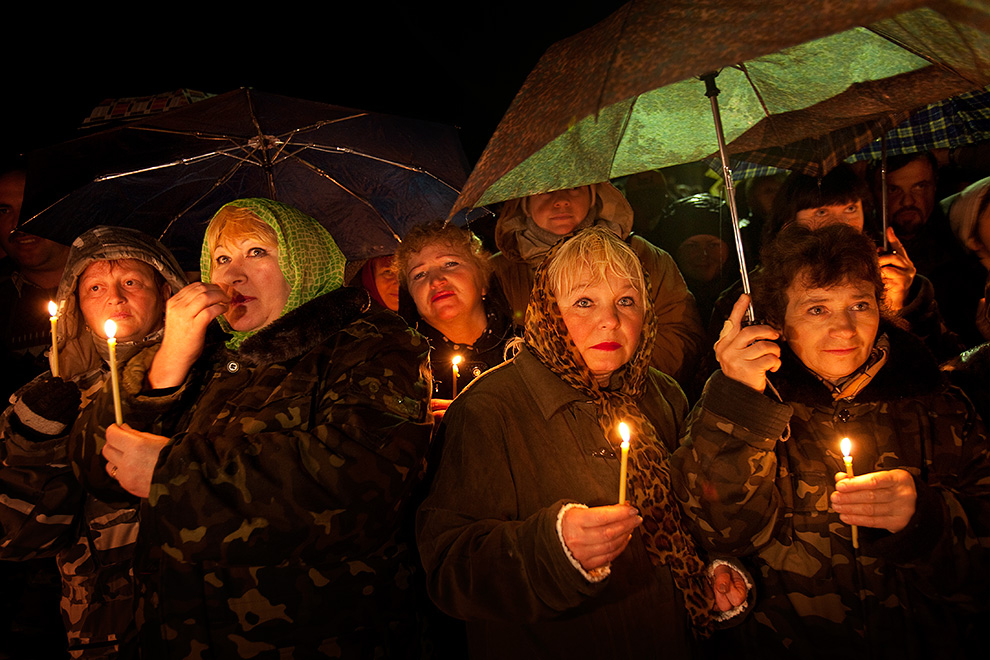TOKYO (Reuters) - The shutdown of Japan's last working nuclear power
plant and the government's failure to convince a wary public about
restoring production at dozens of reactors leaves the world's third
largest economy facing another summer of severe power shortages.
Hokkaido
Electric Power Co shut its nuclear plant late on Saturday - the last of
Japan's 50 reactors to go off line - marking the first time since 1970
Japan has been nuclear power-free.
Japan's $5 trillion economy has
relied heavily on nuclear power for decades, with its reactors
providing almost 30 percent of electricity needs, but last year's
massive earthquake and subsequent nuclear crisis spurred a public
backlash against atomic energy.
Cabinet ministers have largely failed to win over the public to allow the restart of the country's plants - shut one by one for scheduled maintenance and unable to resume operations because of concerns about safety.
Japan's
Asahi newspaper said public sentiment was "wavering between two sources
of anxiety" - fear over the safety of nuclear power and doubts on
whether Japan can live without it.
"The public shouldn't just
criticize (the government) but make its own decision on energy policy
that involves burden and responsibility, such as through cooperating in
power saving," the paper said in an editorial on Sunday.
The
government hopes to come up with an estimate by mid-May of expected
shortages this summer, and will then produce a plan to conserve energy
that could include compulsory curbs on use of power, Japanese media say.
But
setting a long-term energy policy or a clear timeframe for restarting
the plants will take time given strong public opposition and a divided
parliament that has paralyzed policy-making, analysts say.
WIDESPREAD pain
Policymakers
are worried about the damage to the budding economic recovery as the
power shortages are expected to be more severe and widespread than last
summer, when many areas in Japan were still running nuclear reactors.
Some
also warn of the long-term fallout as the rising cost of electricity,
coupled with a strong yen, hits production and could prompt companies to
shift operations overseas.
"Depending on the weather, power supply could constrain output during the summer," the Bank of Japan said.
"But
we must be mindful not just of such short-term effects but the chance
(the power shortages) could hurt Japan's medium- and long-term growth
expectations," the central bank said in a twice-yearly report on the
economy issued on April 27.
Japan managed to get through the
summer last year without any blackouts by imposing voluntary curbs on
the use of power in the aftermath of the earthquake and tsunami that
left thousands dead.
Factories operated at night and during weekends to avoid putting too much stress
on the country's power grids. Many big firms are already preparing to
take similar steps this summer, but some also plan to generate power
themselves to cut costs.
The last time Japan went without nuclear
power was in May 1970, when the country's only two reactors operating at
that time were shut for maintenance, the Federation of Electric Power
Companies of Japan said.





